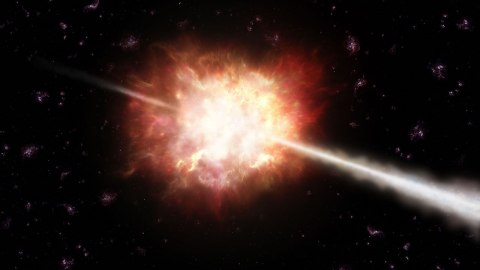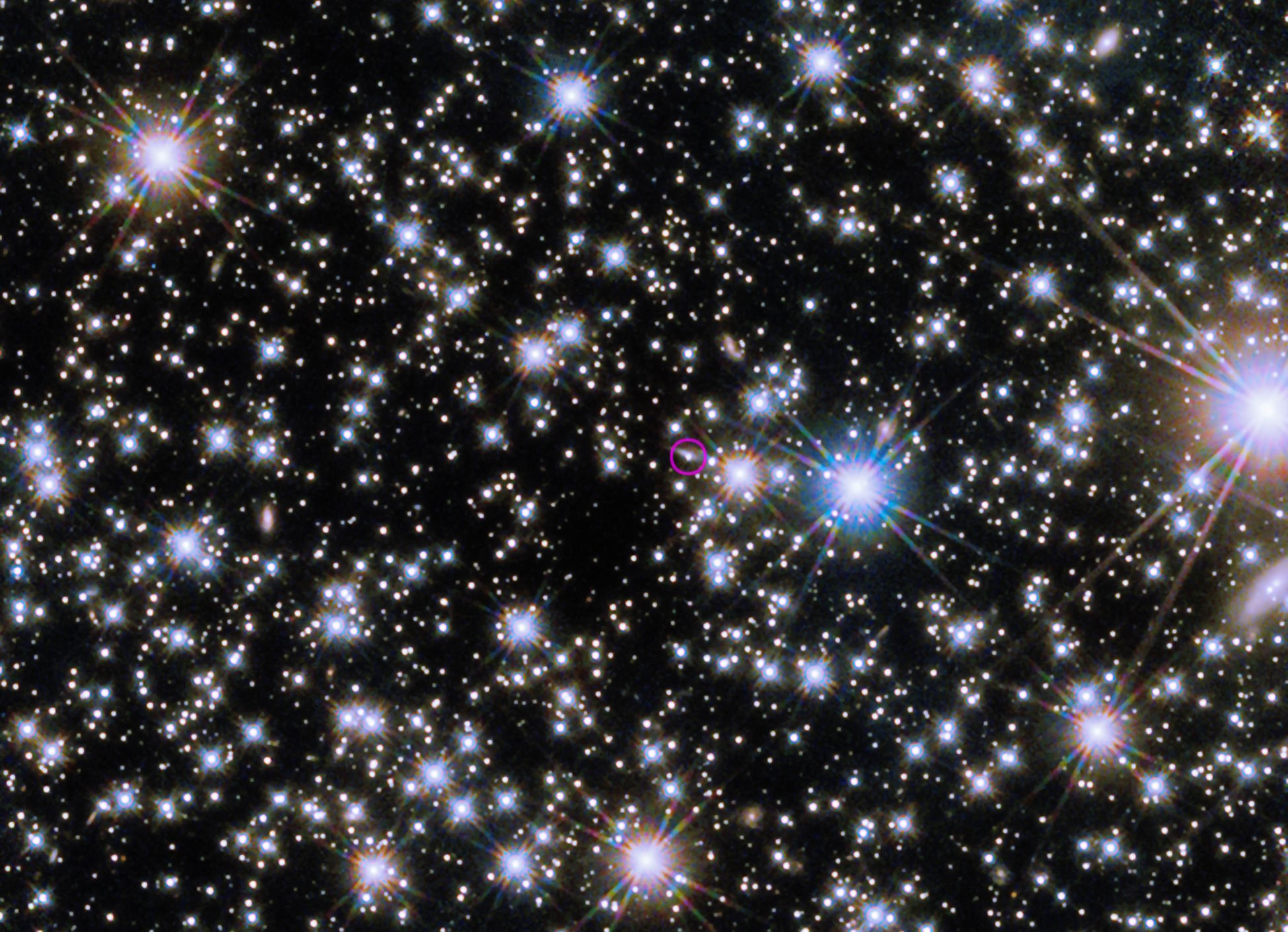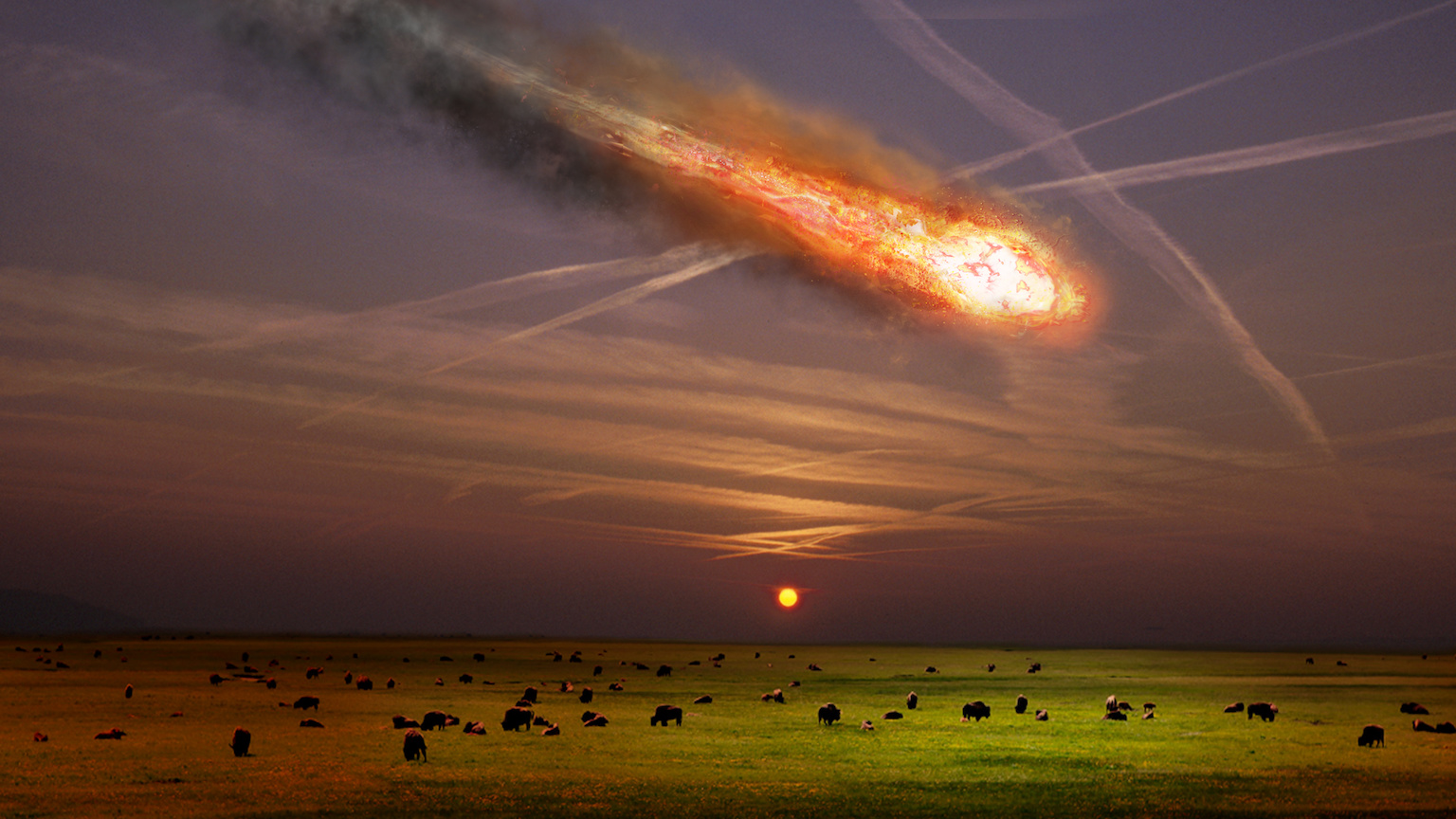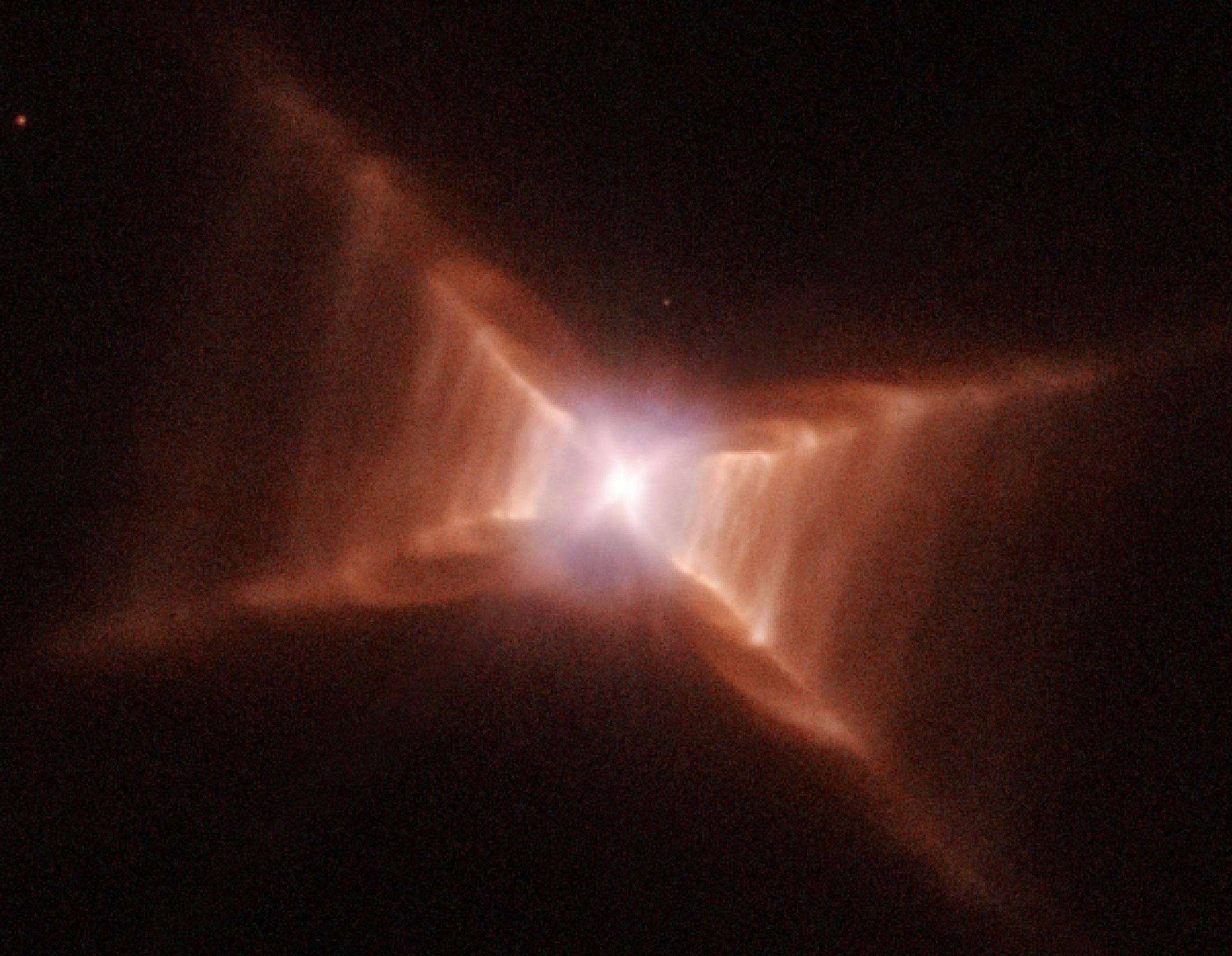Scientists are exploring how deadly gamma-ray bursts could sterilize — or vaporize — the Earth

- Gamma-ray bursts are thought to occur when a massive star runs out of nuclear fuel and its core collapses.
- These cosmic explosions are so dangerous, they could vaporize Earth with a direct hit from 200 light-years away.
- We know the basic mechanisms, but the details remain a mystery — a mystery that CERN might be about to help us solve.
After the signing of the Nuclear Test Ban Treaty in 1963, American scientists launched satellites with the goal of monitoring the Earth for spikes of gamma rays, whose emission is the telltale sign of a clandestine nuclear test. However, the scientists were surprised when they found bursts of gamma rays not from Earth but from space.
These transient spikes of radiation were not the work of extraterrestrials detonating nuclear bombs. They were the signature of a gamma ray-burst, the most powerful and dangerous explosion in the Universe. These events are so deadly that if one occurred anywhere in the cosmic vicinity of Earth, it would sterilize the planet. To better understand the phenomenon, researchers based at the CERN laboratory in Europe are using a powerful particle accelerator to recreate in the laboratory the intense conditions that characterize a gamma-ray burst.
A burst of sterilizing brightness
A gamma-ray burst is thought to form when a massive star runs out of nuclear fuel and its core collapses in on itself, forming a black hole. As the star collapses, it forms very strong magnetic fields, which keep some of the star’s material from falling into the black hole. These magnetic fields guide some of this material toward the poles of the star, then shoot it out into space at nearly the speed of light.
The stream of material ejected from each pole is called a jet, and the material itself is a hot plasma, which is the result of heating a gas to such extremes that it loses some of the electrons from its atoms. The jets also include gamma rays, along with an intense spray of electrons and positrons (the antimatter equivalent of electrons). The electrons and positrons interact with magnetic fields in complex ways.
These plasma jets are extremely bright. In less than a second, they produce as much energy as the Sun will emit in 10 billion years, and they can easily be detected from billions of light-years away. They are also quite deadly. According to some theories, if a gamma-ray burst were to occur within about 200 light-years of Earth, and the jets were pointed directly at us, our planet would be vaporized. At greater distances, but still in the Milky Way, the radiation would sterilize all life on the side of the Earth pointing toward the burst.
Even a gamma-ray burst from over a billion light-years away can disrupt radio communication here on Earth. They are that powerful. Luckily, these bursts are relatively rare, and astronomers do not believe that any star in the Earth’s vicinity is a candidate for generating one. However, some scientists believe that a gamma-ray burst was responsible for the Ordovician-Silurian mass extinction about 440 million years ago, during which about 85% of the species of the era went extinct.
A Fireball’s chance of solving a mystery
We can describe the basic mechanisms that drive gamma-ray bursts, but the details remain a mystery. It is very difficult for any laboratory to recreate the necessary combination of chaotic magnetic fields inside dense, very hot plasma. However, researchers are finally about to get a look at these complicated conditions.
Scientists at the CERN laboratory in Europe have created a facility they call Fireball. CERN is Europe’s flagship particle physics laboratory, most famous for housing the Large Hadron Collider, the world’s highest-energy particle accelerator. The Collider is the final component of a series of smaller particle accelerators. Each accelerator raises the energy of a particle beam by a certain amount and then passes it along to the next accelerator in the chain. In many ways, this is like the various gears in an automobile — each gear is tuned for a certain speed.
One of the accelerators in the Large Hadron Collider complex is called the super proton synchrotron. In this accelerator, protons reach 99.9998% the speed of light. These protons are then shot at a stationary target. In a multistep procedure, they are converted into a beam of highly energetic electrons and positrons. Finally, this electron/positron beam is directed to a container in which a hot plasma is formed. (This is not as dangerous as it sounds. After all, fluorescent lamps contain plasmas, as do plasma balls, which can be bought at novelty stores.)
Thus, the Fireball facility is able to generate a miniature version of the complicated conditions found inside the jet of a gamma-ray burst. Electrons and positrons propagating through a plasma is exactly what occurs in the jet of a gamma-ray burst. Magnetic fields in the plasma disrupt the beam of electrons and positrons, and this disruption gives shape to additional magnetic fields, adding to the complexity.
Still, using this unique equipment, scientists expect to improve our understanding of the most energetic events in the cosmos. When the scientists announce their results, the biggest explosions ever observed will become a little less mysterious.





